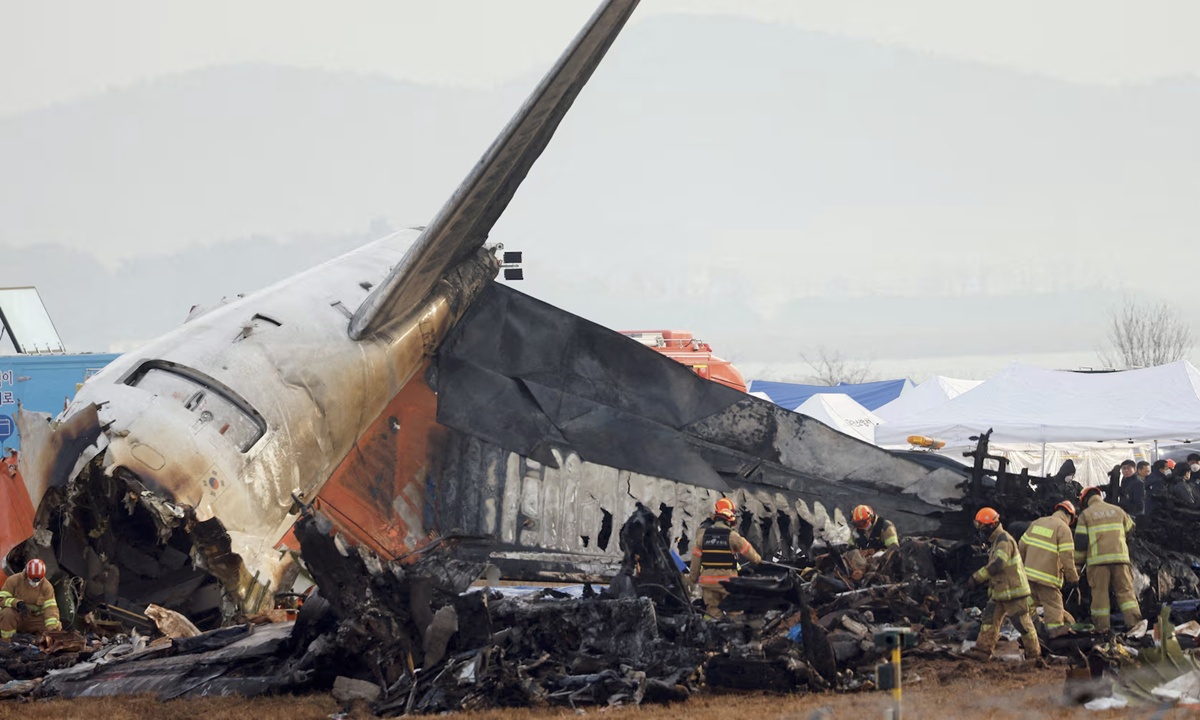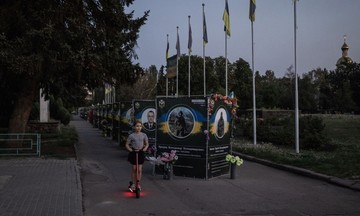On 29/12/2024, a Jeju Air Boeing 737-800 carrying 181 people struck birds while attempting to land at Muan Airport in South Jeolla Province. The aircraft aborted the landing and applied power but couldn't gain altitude. Attempting a belly landing, the plane failed to decelerate, skidded off the runway, and crashed into a concrete wall at the end, breaking apart and catching fire. The crash resulted in 179 fatalities.
While South Korean investigators haven't released the final report on the disaster, new details about the condition of the aircraft's two engines have emerged.
According to an update on 19/7 from investigators obtained by Reuters, both engines were damaged by the bird strike. The left engine sustained less damage than the right, but shut down 19 seconds after impact.
The right engine experienced a "surge," emitting flames and black smoke. However, investigators noted that it "was still generating sufficient thrust for flight," according to the 5-page update.
The investigation is expected to continue for several months as experts reconstruct the plane's technical condition and the flight crew's understanding of the situation at the time of the accident. Experts caution that most aviation accidents result from multiple factors, and conclusions shouldn't be drawn based on incomplete evidence.
 |
The scene of the Jeju Air crash at Muan Airport, South Korea, December 2024. Photo: Reuters |
The scene of the Jeju Air crash at Muan Airport, South Korea, December 2024. Photo: Reuters
Public attention is now focused on the possibility that the pilots mistakenly shut down the less damaged engine. Chosun reported that the Korea Aviation and Railway Accident Investigation Board (ARAIB) presented this theory to the victims' families last week, suggesting the pilots should have shut down the right engine but may have inadvertently switched off the left.
This new information adds another layer of complexity, raising questions about the right engine's ability to sustain flight despite significant damage.
The document doesn't specify the right engine's performance level or the status of the systems connected to both engines. Greg Feith, a former investigator with the US National Transportation Safety Board, commented that the document offers some new information but omits more, deepening the "mystery."
The victims' families have criticized the theory of pilot error, arguing that it blames the crew without considering other factors, such as the concrete wall at the end of the runway.
According to global regulations, civil aviation accident investigations aim to determine the cause of the accident without assigning blame or liability.
Vu Hoang (Reuters)












